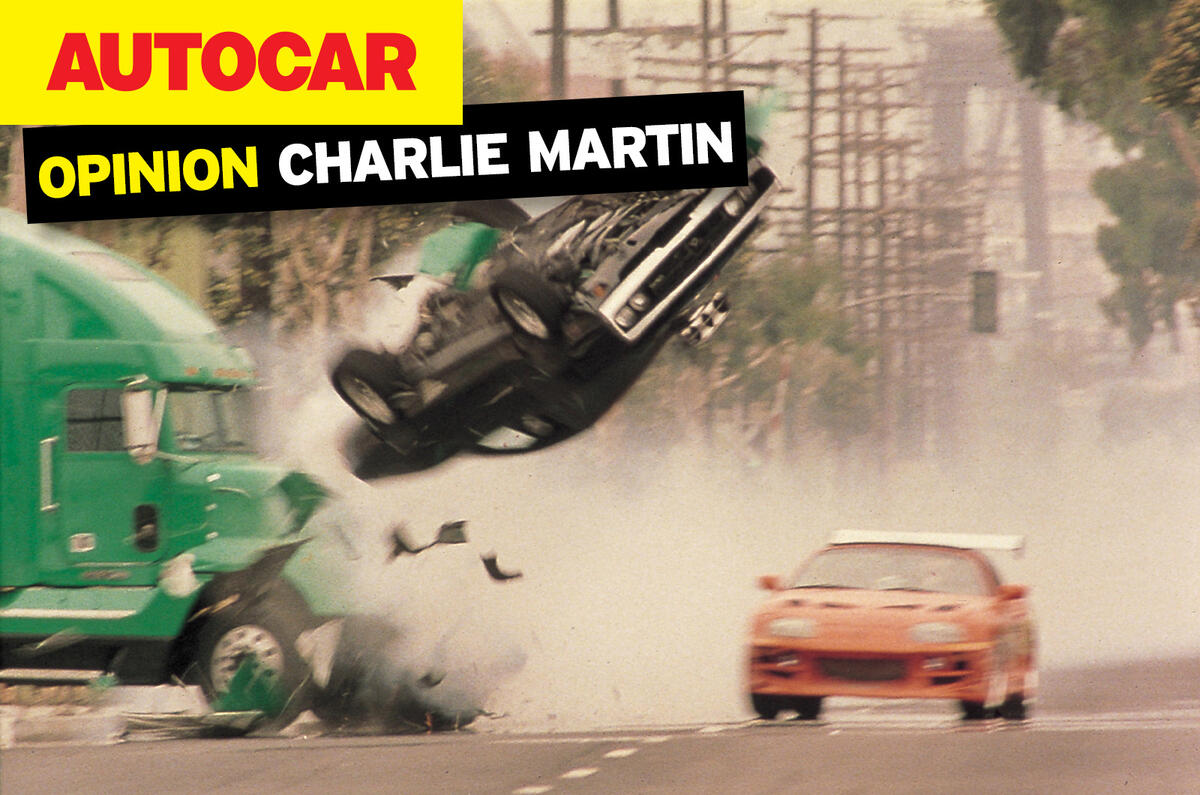No, The Fast and the Furious films are objectively not very good. But I doubt that even the greats can claim to have had anywhere near as much of an impact on their subject matter.
The Shawshank Redemption didn’t result in wide-reaching prison reform and it has been largely forgotten that Star Wars was intended as an allegory for the Vietnam war.
But would Toyota have reprised the Supra were it not for the original Fast and Furious film propelling it into the limelight? And would the original Dodge Charger be commanding such outrageous premiums today were it not for antihero Dominic Toretto’s boast of his having “so much torque, the chassis twisted off the line”?
I’m quite unsure any of it would have happened were it not for these films’ celebration of a certain car culture. The cars that feature in them – the first five films, at the very least – are protagonists in the same sense as the human characters, with distinct personalities and sub-stories.
If any scene encapsulates the franchise’s reverence for its four-wheeled cast members, it first film’s duel between the freshly rebuilt Toyota Supra and a stunning Ferrari F355 Spider.
It begins with friendly banter at a traffic light: hero Brian O’Connor, driving the Toyota, asks how much the Ferrari costs.
Its driver outs himself as an arse, replying “more than you can afford, pal”, in that condescending tone reserved only for the worst kind of new-money moron.
Toretto gives the order: “Smoke him.” A dodgem ride of a duel ensues, the nuclear-orange Supra scything through traffic while angsty rock music blares in the background. It will raise a hair on even the most car-agnostic viewer, and the layman with no car knowledge can still revel in the underdog’s decisive victory.
It all served to legitimise an arm of car culture that was mocked and belittled for years. More broadly, it validated the notion that you can derive fun from the act of driving.
And that has gone on to ripple through the world of motoring. Hell, maybe even Western culture itself. Sure, the films get a lot of technical details wrong. Ever noticed that the Volkswagen Jetta in the first film doesn’t have brake calipers?
And why does O’Connor’s hi-vis Mitsubishi Eclipse warn him loudly of a ‘danger to manifold’ before the passenger footwell falls out? But that doesn’t matter to the person who wouldn’t spot such things in the first place.
If anything, the sheer confidence the films have in such inaccuracies only underscores their outlandishness. It’s well known, for example, that the runway from the pivotal plane chase scene in the sixth film would have to be more than 25 miles long to have accommodated an entire 13 minutes of 120mph action. But who’s counting?
So there you have it. I love The Fast and the Furious films, and I’m not ashamed to admit it. If you disagree, I’ve only one thing to say in reply: “Forget about it, cuh.”




Join the debate
Add your comment
Isn't this how drivers are in Cities?, no?, sorry I thought it was the other way round.